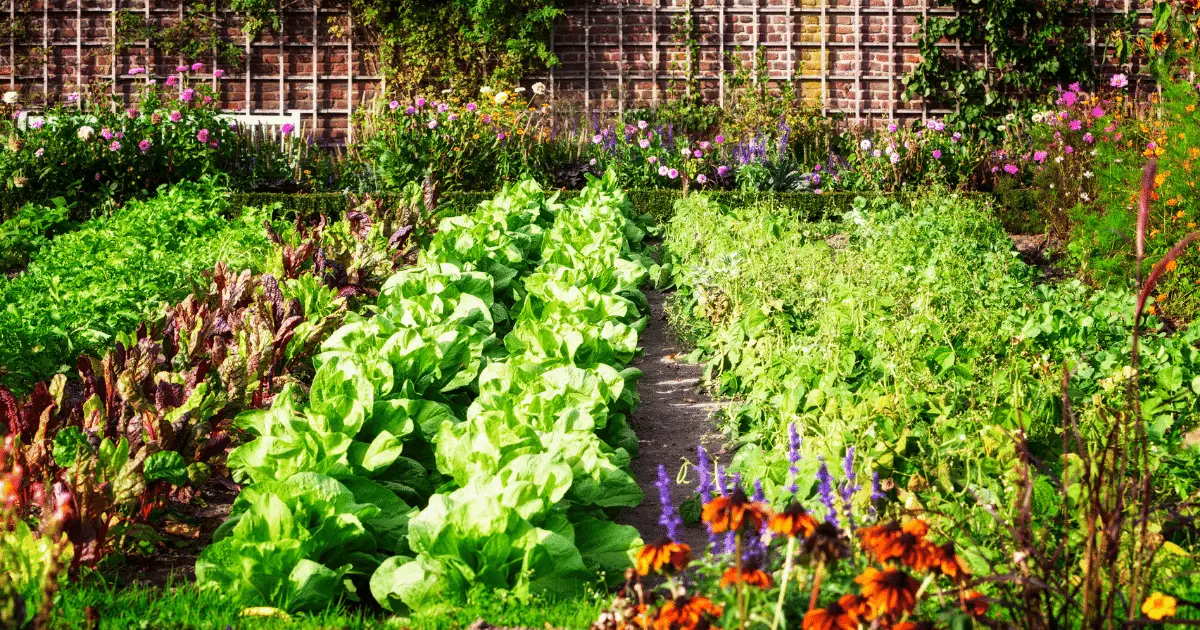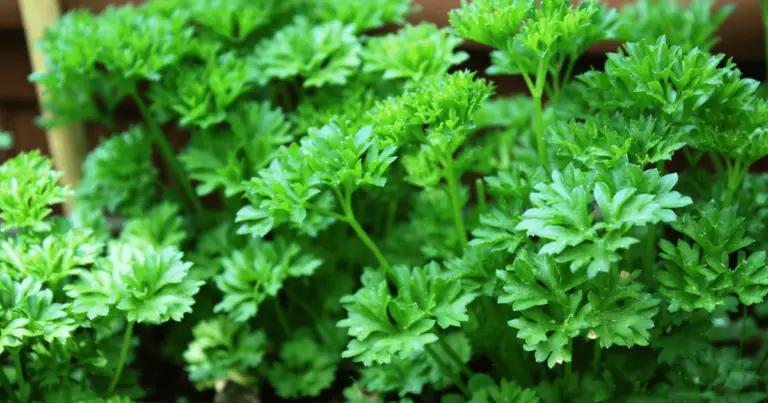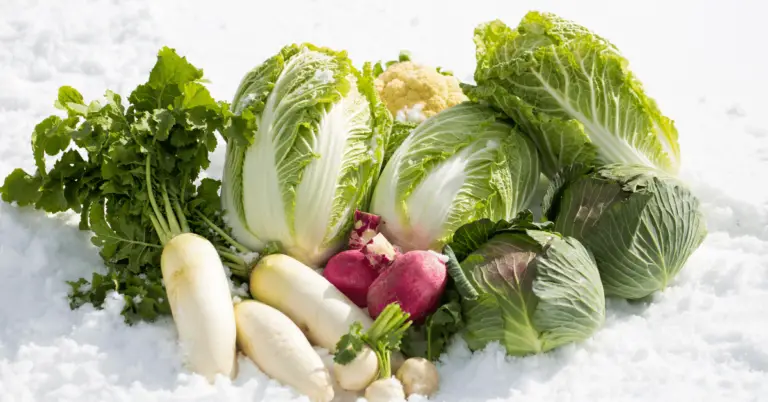
Vegetable Garden Rotation
What is crop rotation?
Vegetable garden crop rotation is a process where different types of plant groups are grown in different spaces, rotating each season. The purpose is to ensure healthy vigorous vegetable growth and minimise pests and disease.
Different vegetable plant groups have different nutritional needs and are affected by different pests and diseases. Continually growing the same vegetable plants in the same place, year after year drains the soil of particular groups of nutrients and increases the risk of the build up of pests and diseases in the soil, eventually leading to poor health in the crop and reduced productivity.
A basic rotation grouping of plants follows this pattern:
Legume Crops followed by
Leaf Crops followed by
Root Crops followed by
Cucurbits followed by
Solanums or basically Capsicum, Eggplant and Tomatoes.
The logic behind this crop rotation is that Legumes are known as nitrogen fixing plants, that is, as they grow, the put nitrogen into the soil naturally.
Leaf Crops that follow, are nitrogen hungry so benefit from the legumes previously.
Root crops do not like large amounts of nitrogen as they grow leafy with small roots, often forked. Remember that we want to eat the root parts of these crops, so sacrificing the root for excessive leaf growth is not ideal. Because we follow the leaf crops, a lot of the available nitrogen has been used.
Following the leaf crops, the cucurbit family needs the soil feeding again and these are then followed by the tomatoes, eggplants etc. At this point, the rotation starts again. Ideally leaving a bed or space fallow (vacant), growing a green manure crop for a season within this rotation is best, but if you don’t have the luxury of space, it is not essential.
Refer to the plants page to see which vegetable plants fit in which grouping. A bit of planning and thought will enable you to have year round crops and keep your gardens active.


